The 24 Most Professional Fonts to Use
Selecting the right font is an important design choice that can enhance—or detract from—the professionalism of a document. With thousands of fonts to choose from, the possibilities may seem endless. However, not all fonts are well-suited for professional business communications and documents.
This comprehensive guide explores the 24 most professional fonts to create polished, credible business documents that leave a positive impression. We analyse characteristics like readability, legibility, clarity, formality, visual appeal, and versatility to determine which fonts will top for professional use cases in 2024.
A Serif Sensation: Traditional Serif Fonts Offer Readability & Polish
1. Times New Roman
This quintessential serif font designed for the New York Times newspaper 1931 remains a staple choice to exude professionalism. The fluid serifs and sturdy letterforms allow Times New Roman to be readable in print. The versatile design also displays well digitally. This font suggests the competence and trustworthiness key for professional communications.
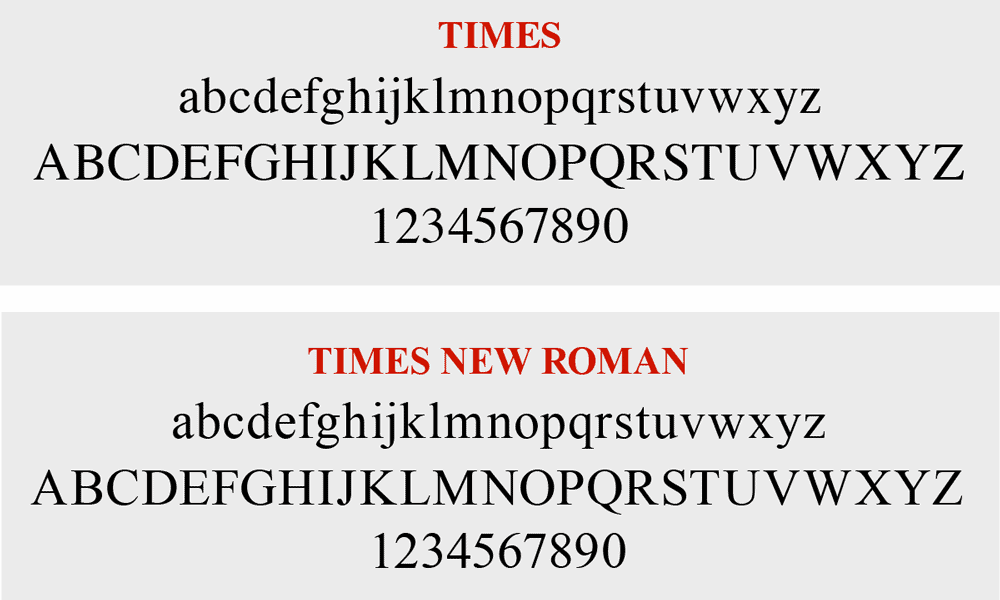
2. Georgia
Designed by Matthew Carter in 1993, this serif typeface contains thick, bracketed serifs for enhanced readability. Slightly wider letter proportion compared to Times New Roman improves clarity while maintaining a highly legible 11-point font size. The chunky, semi-bold weight is warm and refined for formal business uses.

3. Bookman Old Style
This classic, versatile serif face echoes Old Style typefaces used in publishing from the mid-1500s into the 1900s. Designed in 1884 by Alexander Lawson for the Century Schoolbook, the slightly condensed letterforms offer a more compact footprint without compressing readability. The sturdy serifs, graceful curves and horizontal stress suggest Old World heritage, perfect for adding gravitas to professional communications.
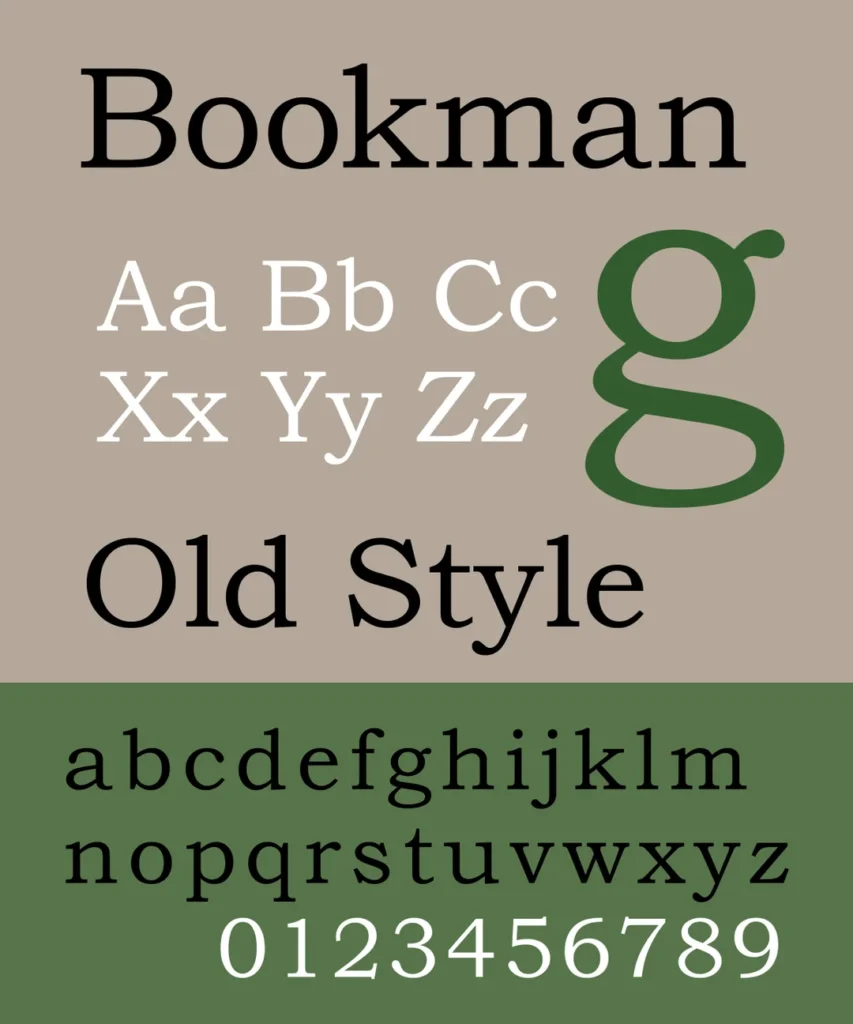
Key Takeaway: Traditional serif fonts like Times New Roman, Georgia and Bookman Old Style offer proven readability and polish well-suited for formal business documents.
Distinctive & Dignified: Transitional Serifs Bridge Generations
4. Baskerville
This refined, stately serif face designed by John Baskerville in 1757 defined transitional serif styles, forging a bridge from Old Style to modern looks. The crisp edges offer exceptional clarity, while distinctive ball terminals on letter curves add flair. Baskerville brings heritage elegance to contemporary professional settings, from resumes to reports.

5. New Baskerville
Released in 1917, this refreshed Baskerville interpretation by designer George W. Jones is often preferred for clarity on screens and modern printing presses. The slightly thicker strokes offer a bolder definition without compromising legibility. Pair with Georgia for font contrast that delivers professional polish.
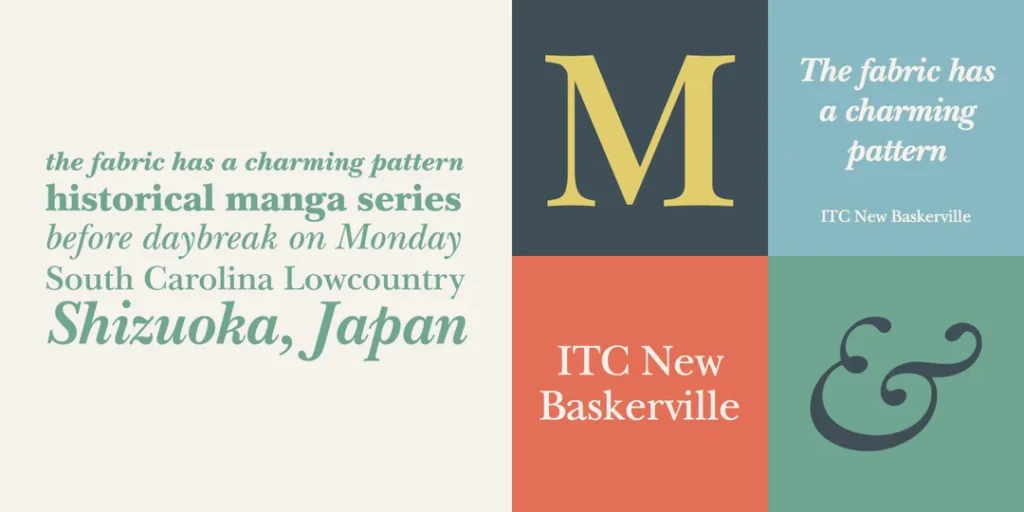
6. Times Ten
Photosetting provider Linotype released this updated take on Times New Roman in 1990 to improve output on low-resolution printers and poor-quality paper stock. Subtle changes like shortened ascenders and descenders optimise modern legibility without forfeiting professional persona. The economical proportions also save space.

Key Takeaway: Transitional serif typefaces like Baskerville, New Baskerville and Times Ten marry historical richness with sharp digital display for today’s professional contexts.
Modern Serifs Marry Heritage With Contemporary Flair
7. Sabon
Created by renowned German typographer Jan Tschichold in 1964, Sabon draws inspiration from classic Garamond designs but optimises for modern requirements. The Roman letterforms offer exceptional clarity and even texture suitable for continuous business reading—an excellent choice to communicate expertise.

8. ITC Legacy Serif
This 1993 serif release from the International Typeface Corporation retains Times New Roman’s professional personality but exhibits tighter spacing and finer hairlines for improved modern display. The condensed proportions occupy less real estate, allowing more content presentation.
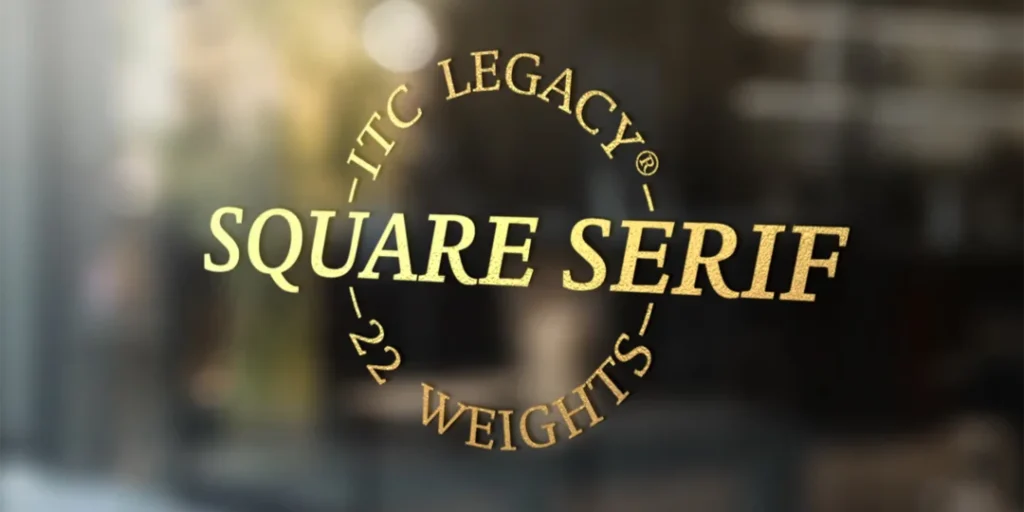
9. Merriweather
Designed by Eben Sorkin in 2010 for Google Web Fonts, this free serif selection exhibits classic proportions and styling adapted for optimal clarity across print, web and digital media. The understated design promotes continuous reading while conveying competence for various professional communications, from handouts to websites.
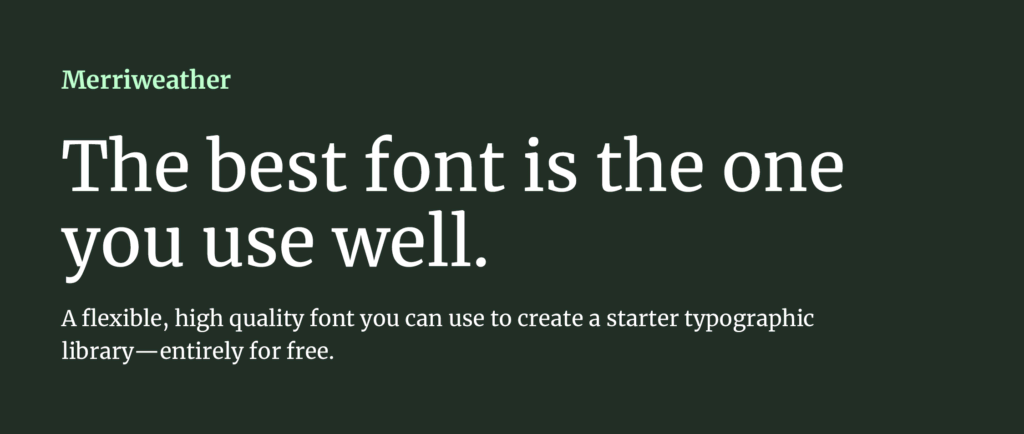
Key Takeaway: Modern serif font interpretations like Sabon, ITC Legacy Serif and Merriweather smartly evolve heritage styling for today's professional, multi-media business needs.
Sans Serif Fonts Signal Modernity For The Digital Era
10. Arial
Initially designed by Monotype in 1982 to offer Helvetica-style appeal more economically, this ubiquitous neo-grotesque sans serif font conveys professionalism and modernity. The comfortably spaced proportions ensure approachability while promoting exceptional on-screen readability.

11. Helvetica Neue
This seminal, globally recognised neo-grotesque face originated from the 1957 Helvetica release. Designer Max Meidinger evolved the styling in 1983 to enhance spacing and strokes for improved digital rendering. The Swiss heritage of architectural clarity and purity perseveres through this digitally-optimized typeface.
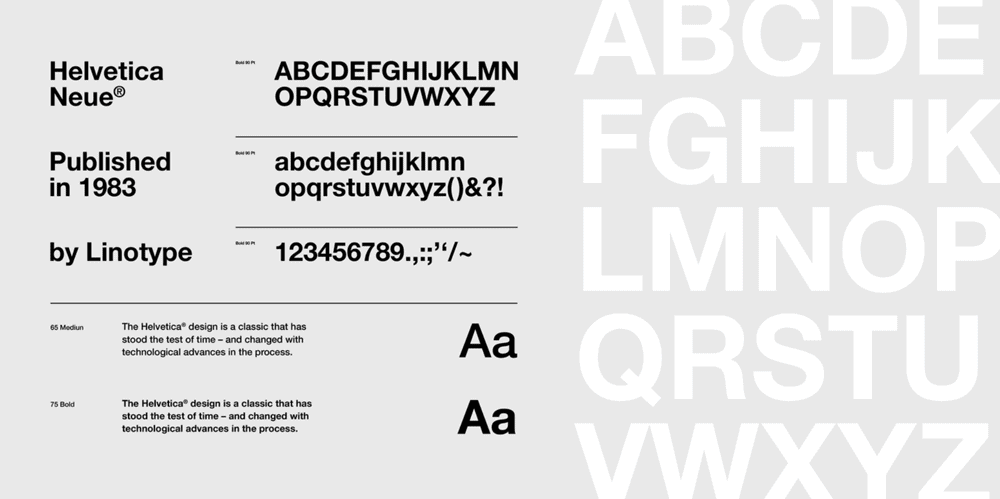
12. Calibri
As the default font for Microsoft Office programs and Windows since 2007, Calibri offers a humanist sans serif option deeply familiar to modern business professionals. The rounded contours ensure approachability while the reliable rendering remains professionally polished across documents, slides, forms and other uses.

Key Takeaway: Leading neo-grotesque sans serifs like Arial, Helvetica Neue, and Calibri adopt simplified styling that crisply conveys professional digital-age messaging.
Specialised Sans Serifs Target Professional Needs
13. ClearviewHwy
Specifically tailored for road signage by designer Don Meeker in 1998, this humanist sans serif face allows extraordinary readability for content viewed from a moving vehicle. Tested and proven across state transportation departments, Clearview denotes authority for wayfinding signage applications.

14. Frutiger
This Univers-inspired sans serif, designed by Adrian Frutiger in 1976, improves visual hierarchy through letter variation. Numerals and glyphs are easily distinguished from letters to enhance clarity for signage and labelling purposes. The streamlined Swiss styling also denotes modern efficiency.
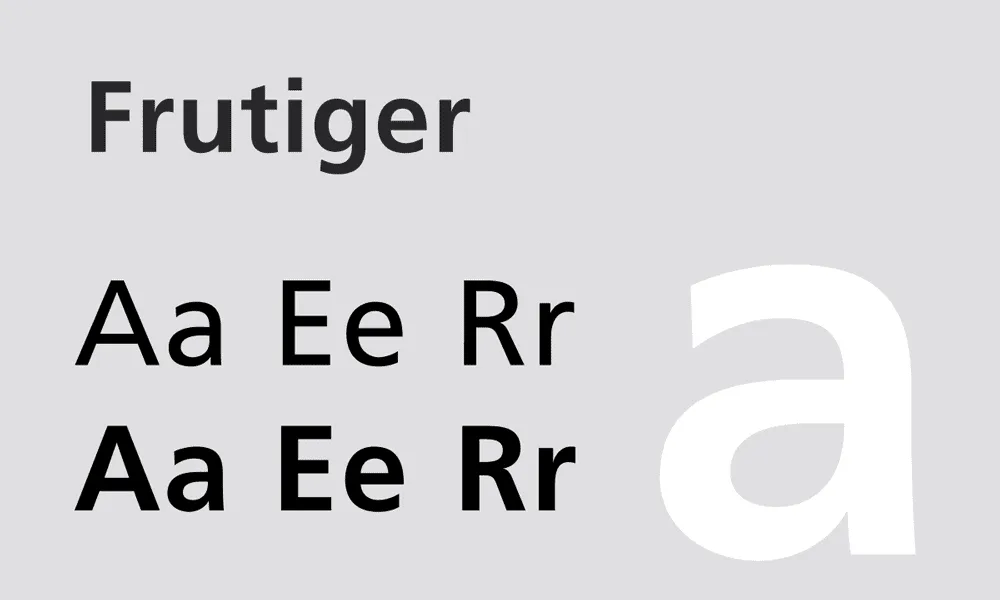
15. FF Mark
Designed by Erik Spiekermann in 2009, FF Mark offers a simplified, dotless construction derived from industrial German engineering and architectural signage applications dating to the 19th century. The functional format, stripped of superfluous strokes, delivers clear communication of professional content.

Key Takeaway: Field-specific sans serifs like ClearviewHwy, Frutiger, and FF Mark provide optimised displays targeted for professional signage or technical applications.
Authoritative & Distinctive: Professional Slab Serifs
16. Rockwell
Designer Frank Hinman released this bold, sturdy slab serif font 1934 for the Inland Type Foundry. The thick, monolinear strokes offer substantial visual presence, while softened rectangles lend friendlier allure. Rockwell brings commanding gravitas yet approachable warmth simultaneously to business communications.
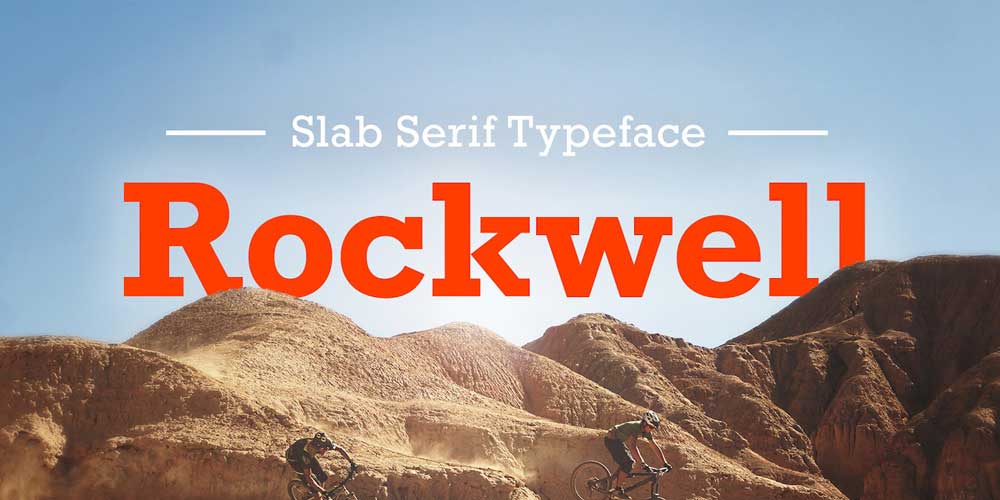
17. Archer
HCI editor Matthew Carter designed this efficient slab serif family in 2001 for media conglomerate Martha Stewart Living Omnimedia exclusive use. Structured, compact strokes ensure clarity even at small sizes on inferior printing presses, maximising professional polish for publishing at scale.
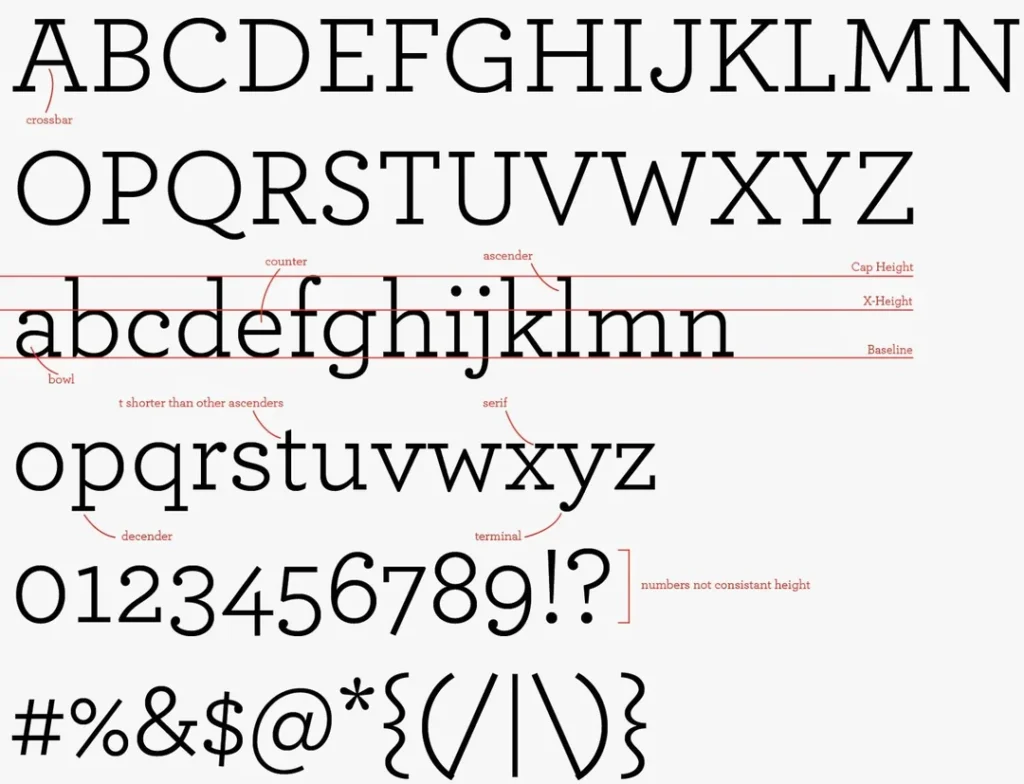
18. Roboto Slab
Christian Robertson expanded his 2013 Roboto humanist sans serif into serif and slab serif families as core Google Fonts selections. Roboto Slab’s modern appearance and responsiveness across digital platforms offer a distinctive professional personality deviating from traditional expressions.

Key Takeaway: Distinctive professional slab serifs like Rockwell, Archer and Roboto Slab couple commanding visual presence with sturdy legibility to elevate business content.
Specialist Display Fonts Grab Professional Attention
19. Trajan
This imposing caps-only Roman square capital's face echoes the solid strokes displayed prominently on Trajan’s Column monument erected circa 113 AD. The all-caps letterforms project monumentality, allowing this font to emphasise professional titles, logos, signage and headlines with gravitas.
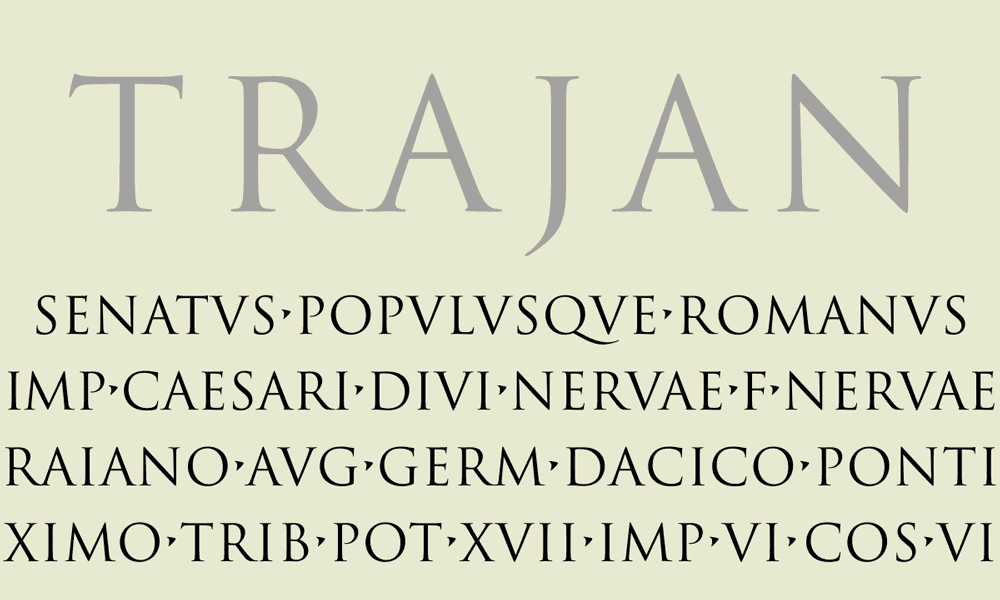
20. Futura
Paul Renner’s 1927 milestone project encapsulated Modernist design with ideological efficiency through ordered, geometric strokes. Branding professionals leverage Futura to communicate focus and innovation, while design principals rely on minimal expression to emphasise information density.
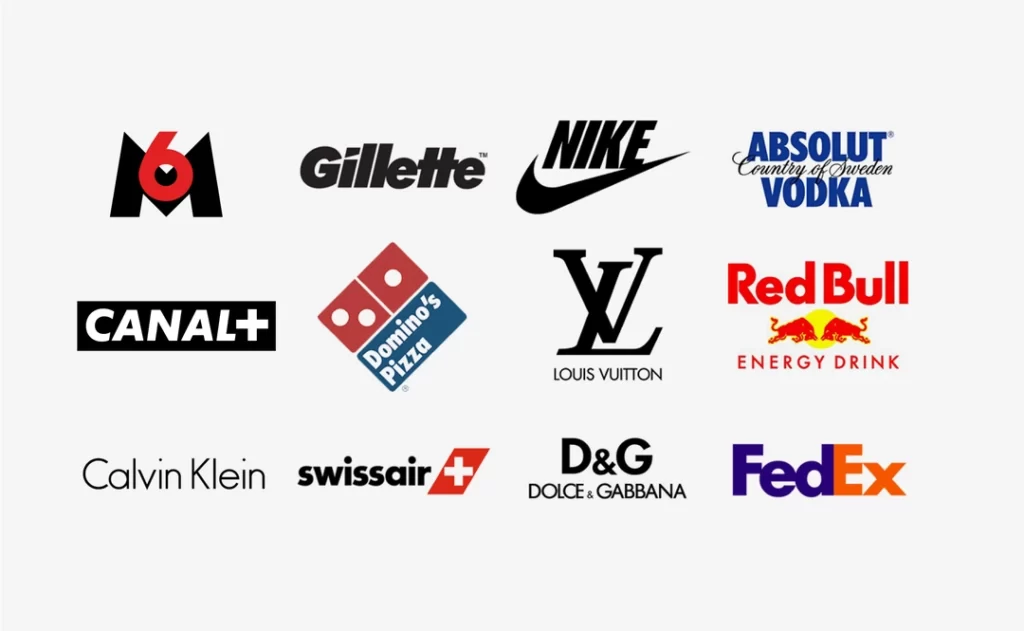
21. Gotham
Inspired by architectural signage, designer Tobias Frere-Jones crafted this bold, structural alphabet in 2000 to evoke steadfast New York heritage. Professional designers rely on Gotham’s straightforward style to communicate confidence through headlines, titles, and branding elements.
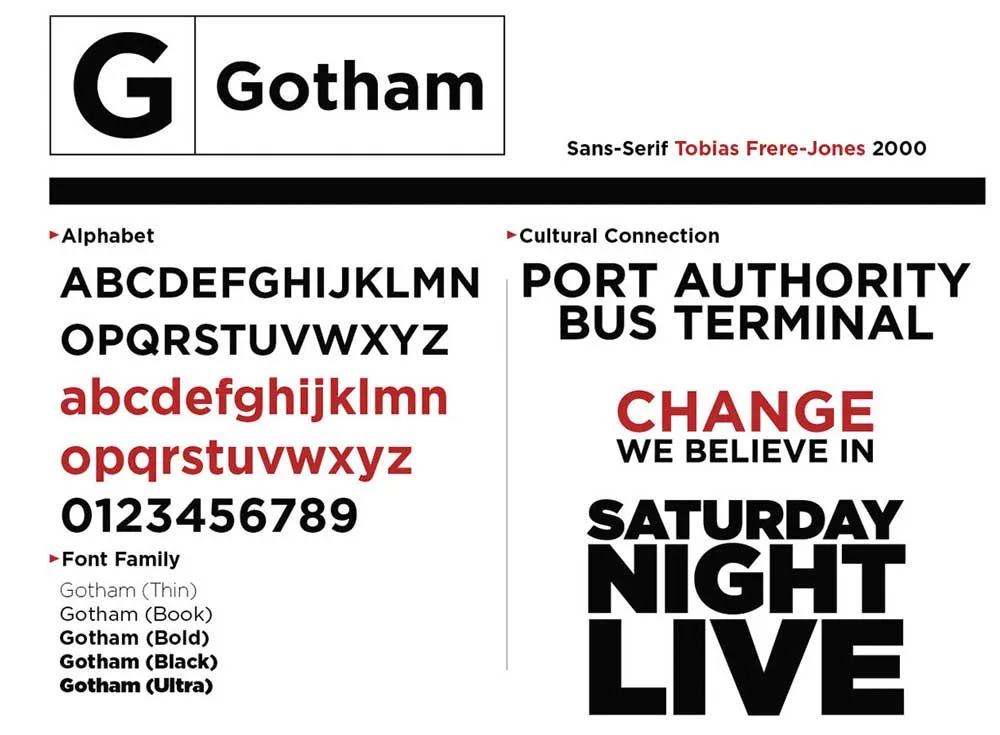
Key Takeaway: Columnar Trajan, modern Futura, and architectural Gotham offer scalable display fonts to attract professional interest to titles, branding and headlines.
Handwritten Fonts Convey Personal and Professional Approachability
22. DearSarah SF Pro
Software developers Balance Type Foundry crafted this stylish, contemporary handwritten face in 2021 to inject personal warmth into professional communications. Ligatures between specific letter pairs boost intimacy while practising restraint to sustain polish, befitting more formal contexts like event invitations or featured callouts.
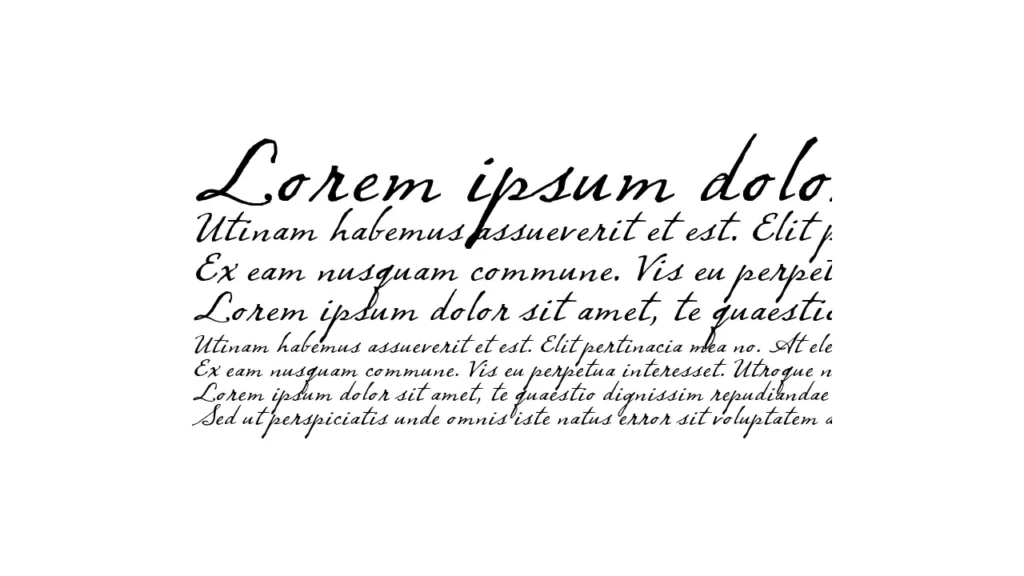
23. Sf Handwriting Dakota
This casual handwritten font comes courtesy of the digital agency Design K to resonate authentically with personal correspondence for professional introductions or outreach touchpoints. Designed with multilingual support, the global accessibility remains professionally inclusive.
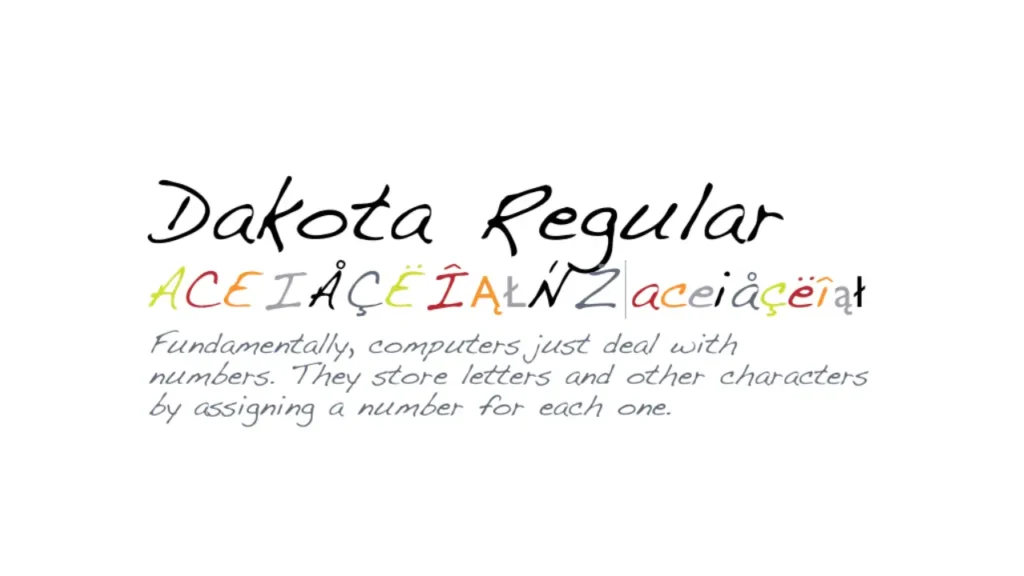
24. Homemade Apple
Independent type designer Sam Parrett delivers this distinctive, organic handwritten face that combines whimsical, retro warmth akin to scampering chalkboard renderings with the approachability of a trusted neighbour. Professional applications could include feature headers in reports or emphasis lines within newsletters to boost engagement.

Key Takeaway: Casual handwritten fonts like DearSarah SF Pro, SF Handwriting Dakota, and Homemade Apple humanise professional messaging through personalised execution.
Combining Complementary Fonts Creates Hierarchy & Contrast
When combining fonts for professional communications:
- Align Serif & Sans Serif Faces – Pairing a serif such as Garamond or Times New Roman with a sans serif like Arial or Helvetica offers visual hierarchy through contrast.
- Vary Weights For Emphasis – Mix heavy, light or condensed weights of compatible font families to make key content stand out.
- Highlight Display vs Text – Blend sturdy display fonts like Impact or Gotham to accent readable text choices like Georgia or Calibri.
- Maintain Consistent Typography – Limit professional font combinations to 2 or 3 compatible families and remain consistent across branded touchpoints.
Key Takeaway: Thoughtfully blending 2-3 complementary fonts into professional communications clarifies visual hierarchy through strategic contrast.
5 Key Criteria Define Great Professional Fonts
- Readability – Strong letterforms deliver content consumption efficiently
- Legibility – Distinct characters discern at small sizes
- Clarity – Crisp definition promotes engagement
- Compatibility – Adapts gracefully across media formats
- Personality – Unique traits align with context
Key Takeaway: Professional font technical effectiveness must match appropriate contextual emotion and personality to achieve communications goals fully.
Most Professional Fonts – Recap At A Glance
- Serif – Times New Roman, Sabon, Georgia, Merriweather
- Sans Serif – Arial, Helvetica Neue, ClearviewHwy
- Slab Serif – Archer, Roboto Slab, Rockwell
- Display – Futura, Gotham, Trajan
- Handwritten – DearSarah SF Pro, Homemade Apple
Conclusion: Apply Thoughtful Typography For Professional Results
This expansive guide highlights 24 exceptional font faces spanning common professional categories like Serif, Sans Serif, Slab Serif, Display and Handwritten. Each recommended font qualifies for business usage through optimal legibility, compatibility across modern media, and personality characteristics that strategically match professional communications goals.
While the highlighted selections represent esteemed options, designers must carefully contemplate additional criteria like industry context, audience demographics and branded guidelines when specifying fonts for professional documents or communications. Traditional selections like Times New Roman remain prudent choices that reliably convey professional expectations for specific formal uses like legal briefs or financial statements. More progressive companies may incorporate distinctive yet legible modern fonts like Helvetica Neue or Roboto Slab to signal forward-thinking, design-focused appeal.
Above all, professional font selections rely on thoughtful implementation aligned to the specifics of the intended communication and consumption formats. Suitable fonts effectively capture attention, sharpen hierarchy, strengthen retention and promote clarity to optimise audience engagement. As fine dining plates must be expertly paired to complemental courses, precision font selections elevate messaging while underscoring competence and care through thoughtful typographic presentation.
Review these 24 versatile professional fonts for your next communications project, effortlessly conveying your expertise through strategic typography optimised for business results.
Frequently Asked Questions (FAQ) About Professional Fonts
What are the top 5 most professional fonts?
The five most versatile and professionally appropriate fonts include Times New Roman (Serif), Arial (Sans Serif), Archer (Slab Serif), Futura (Display) and DearSarah SF (Script). Each reliably offers legibility, compatibility and polish for business uses.
What font does Google use?
Product Sans is the primary Google font applied in branding and communications. The custom-designed geometric sans serif offers friendly simplicity aligned with Google's accessible brand personality.
What is the most attractive font?
Beauty proves subjective; attractive fonts vary by audience and context. Classic serifs like Bodoni and Didot offer elegant, fashionable appeal. Friendlier picks like Brush Script and Great Vibes provide emotive warmth. Helvetica Neue and Futura convey sleek modernity.
What fonts do lawyers use?
Legal conventions rely on tradition, so most attorneys use customary fonts like Times New Roman, Arial and Courier New for contracts, rulings and communications upholding document integrity expectations. More progressive firms occasionally incorporate contemporary alternatives like Calibri and Georgia.
What font size is best for professional documents?
Content legibility proves essential for professional communications. Print documents should use at least 11pt font size. Digital presentations can scale down to 8pt font size. Headings should run 2-4pts larger to establish hierarchy. More essential documents may use 12-14pt for optimal clarity.
